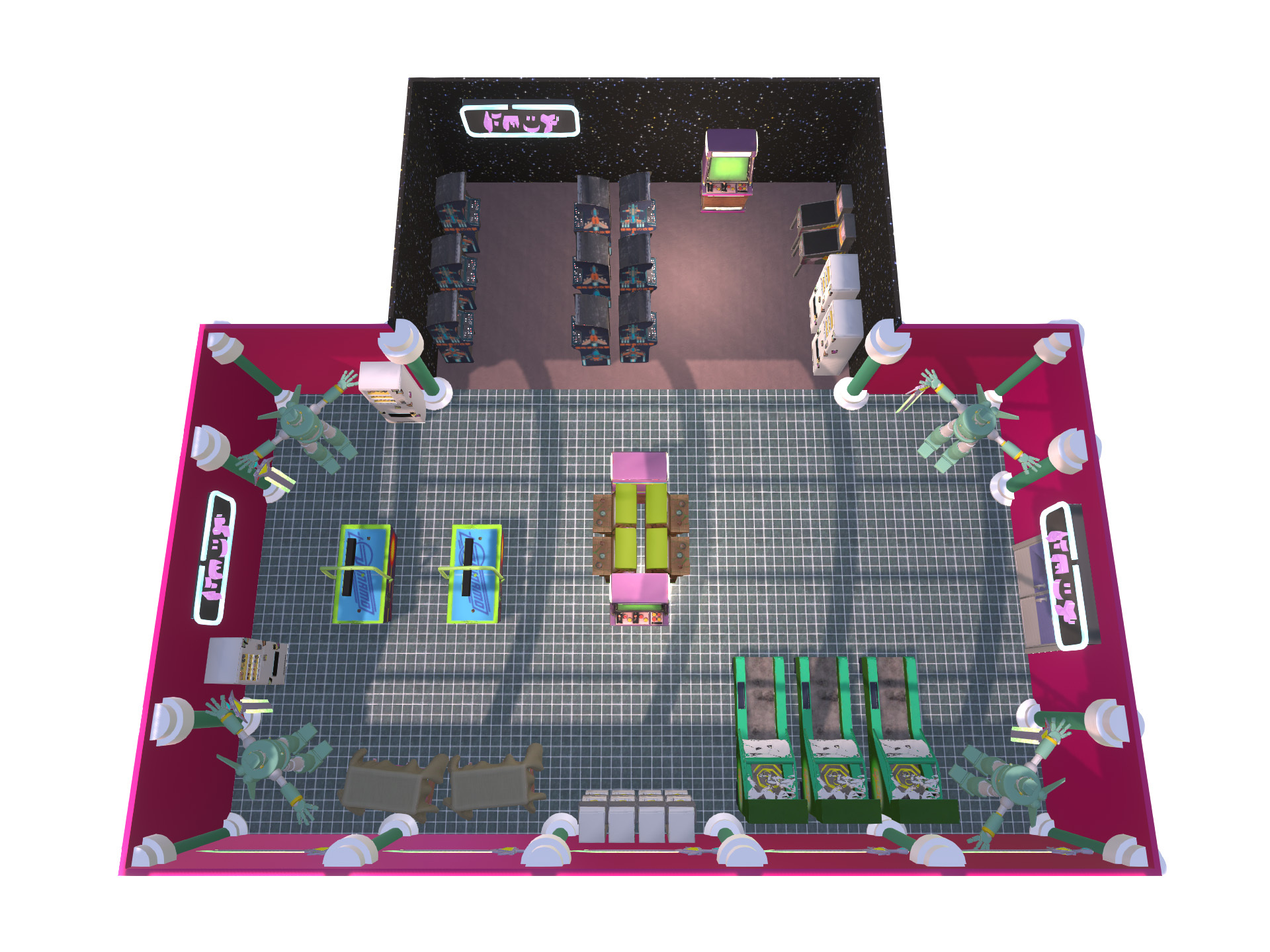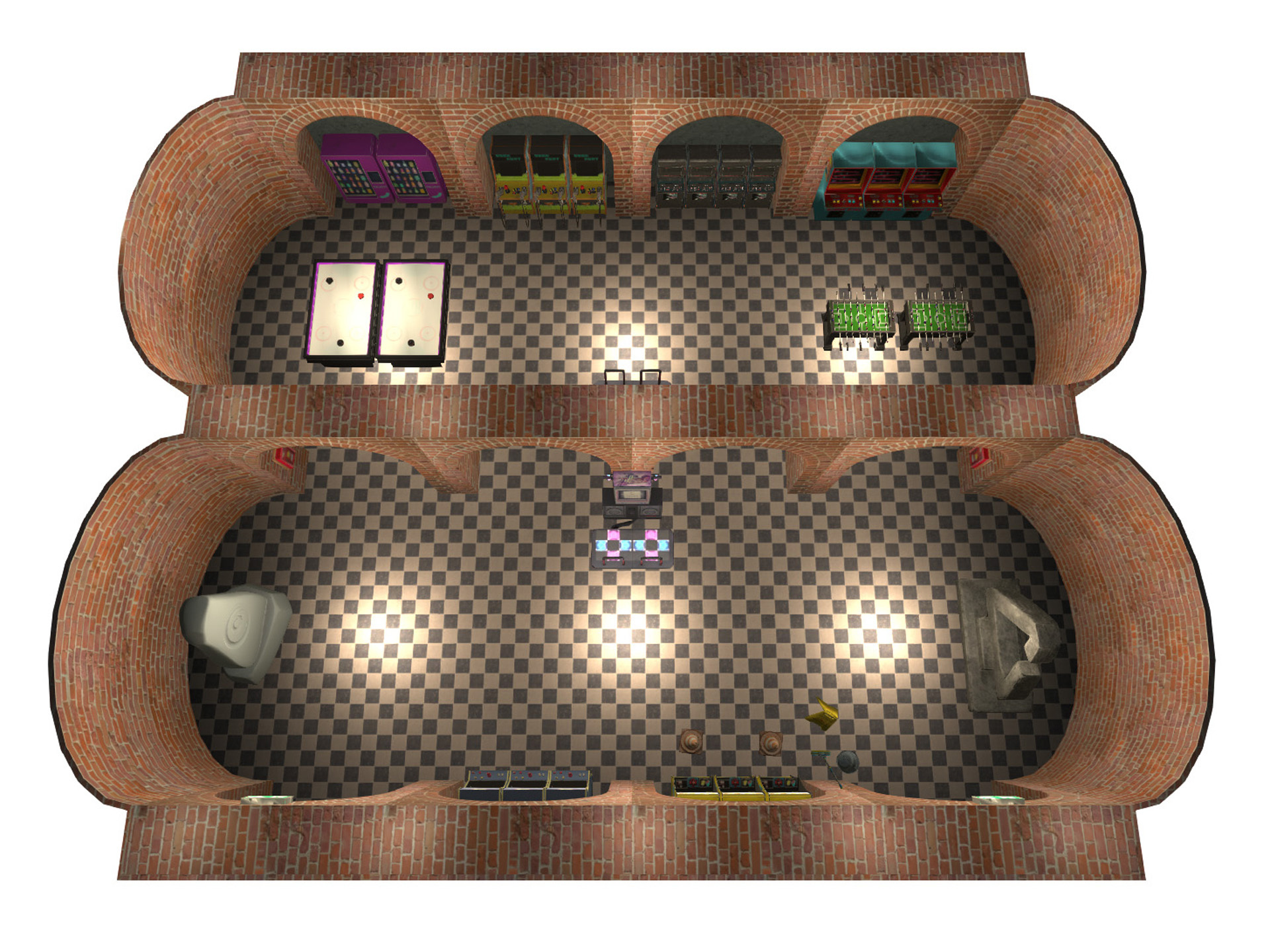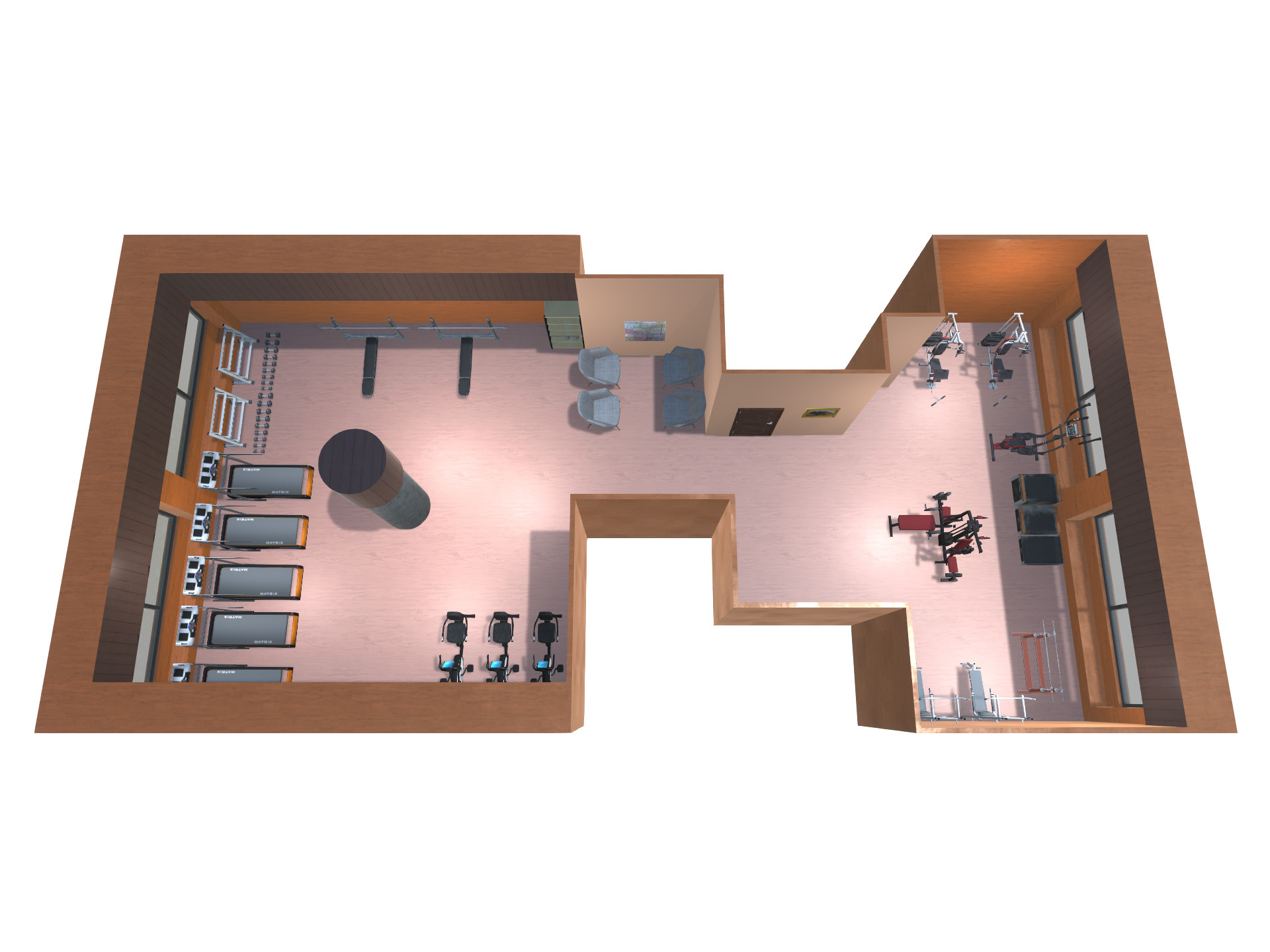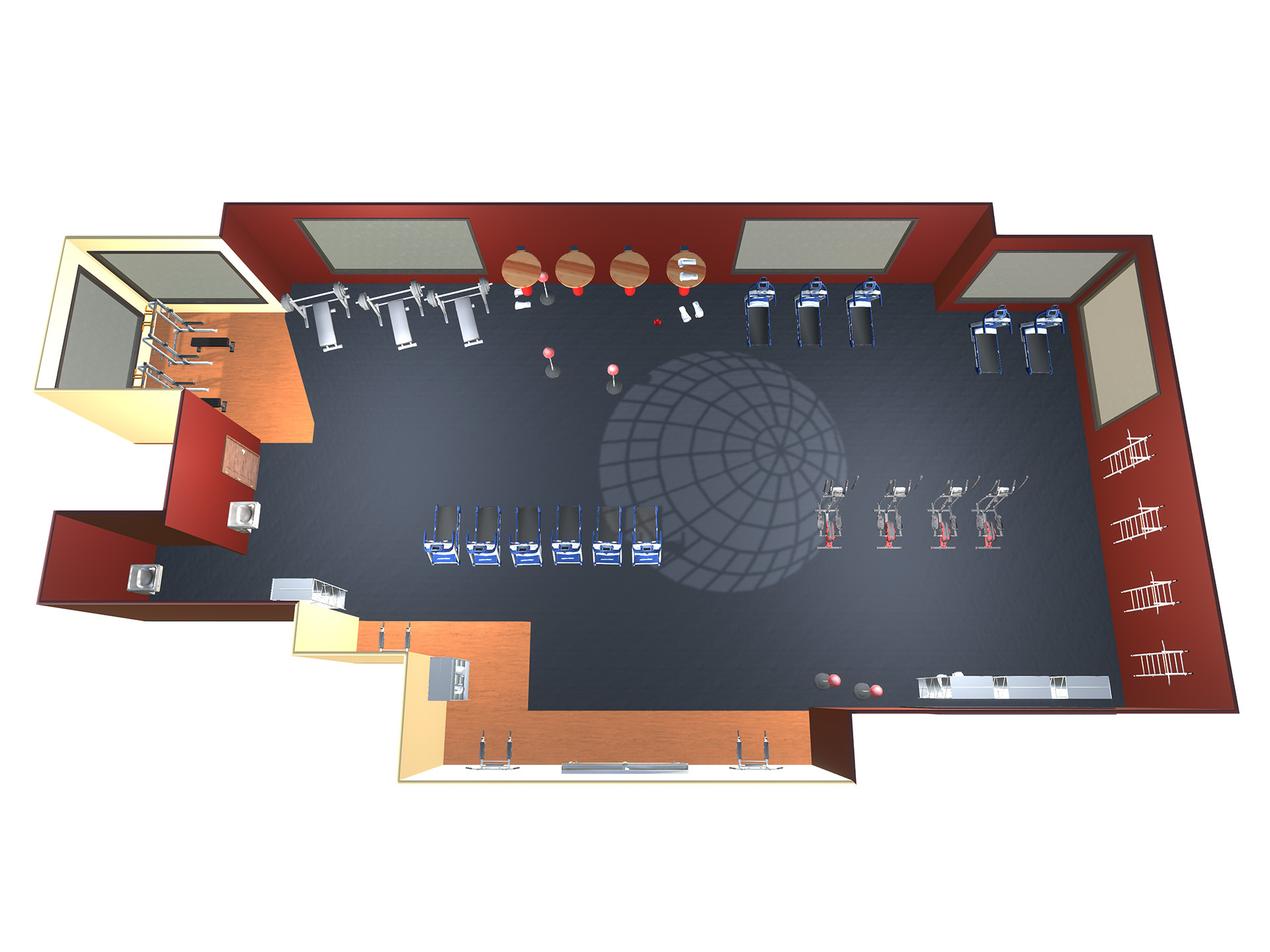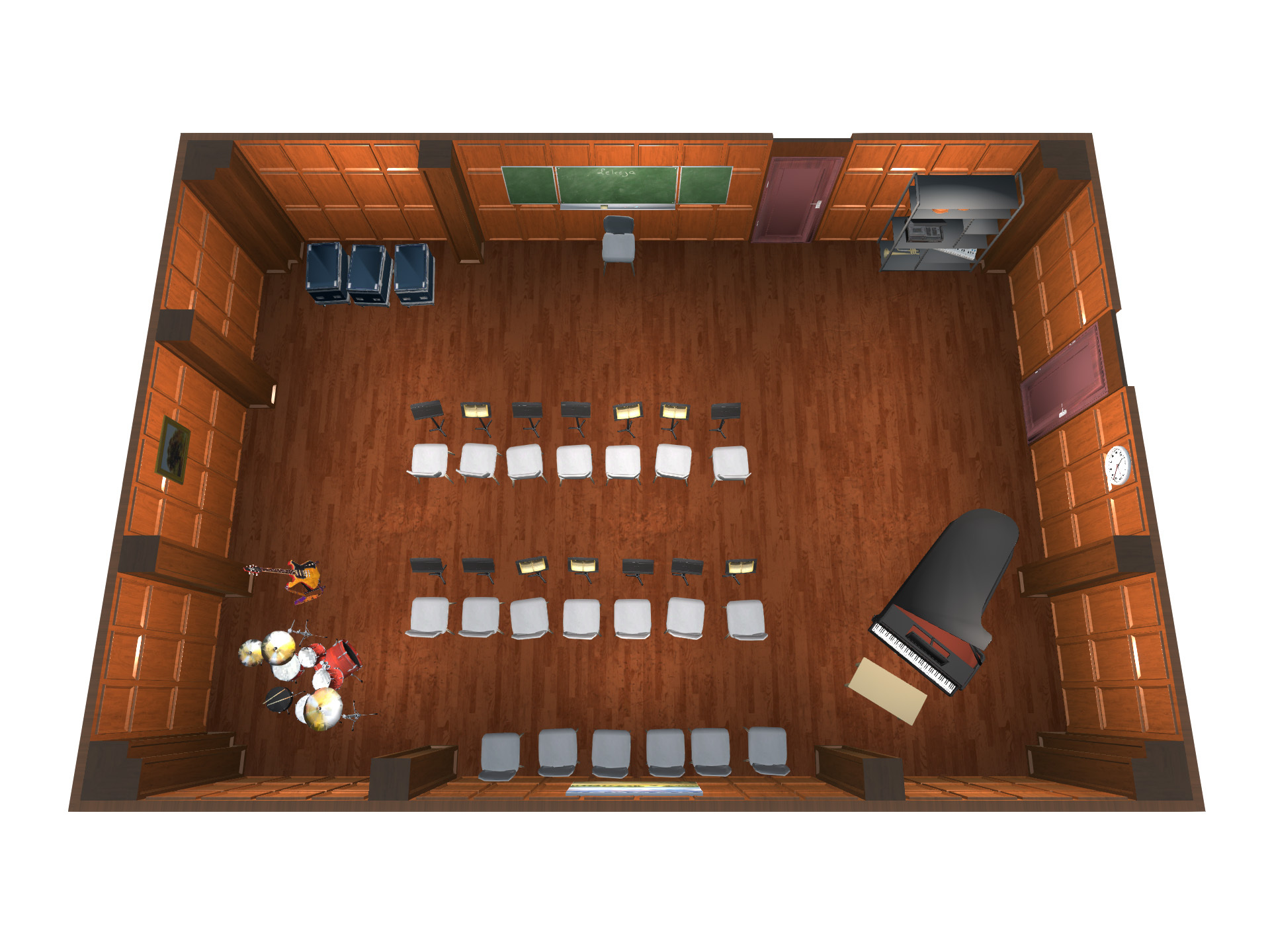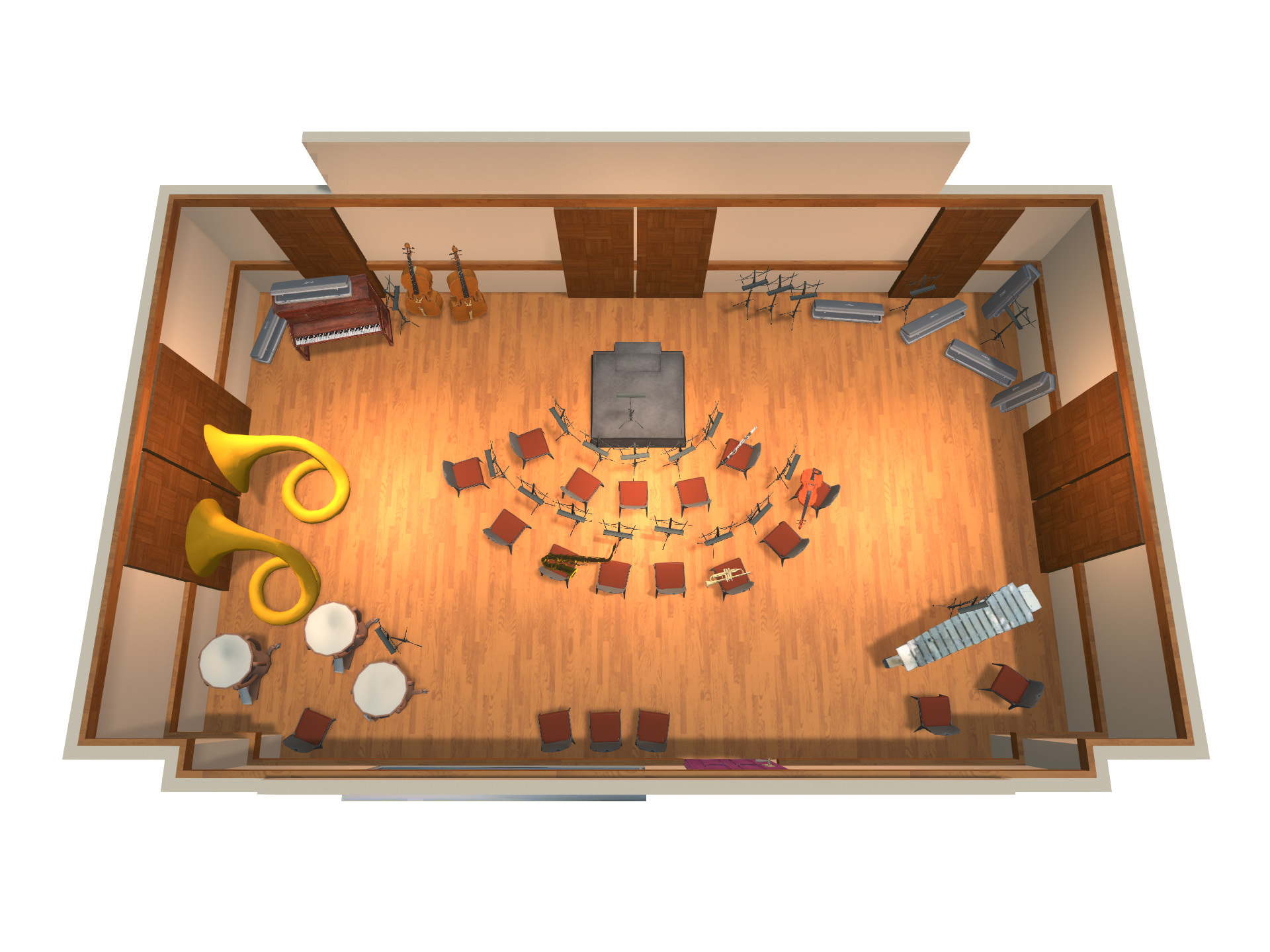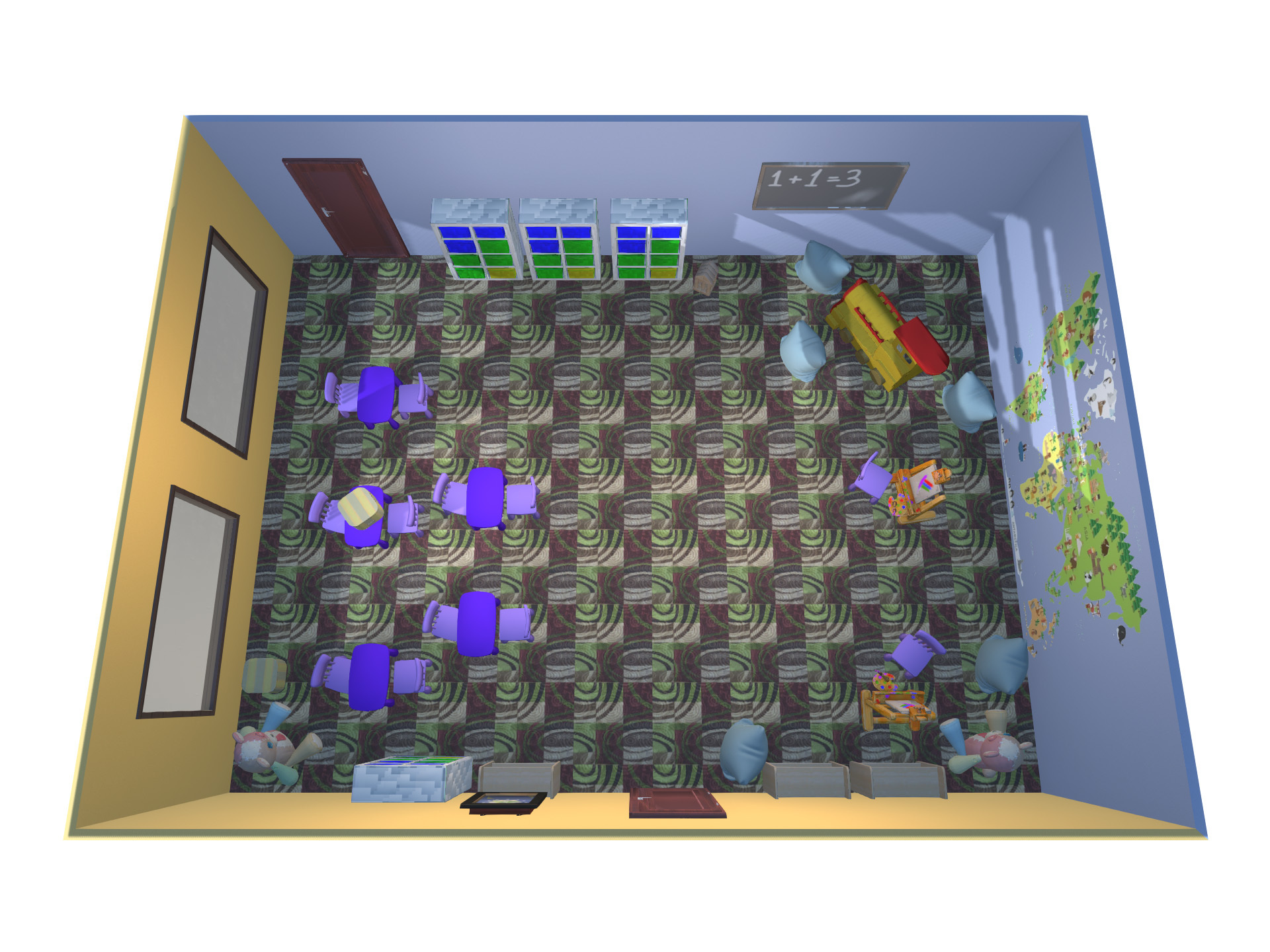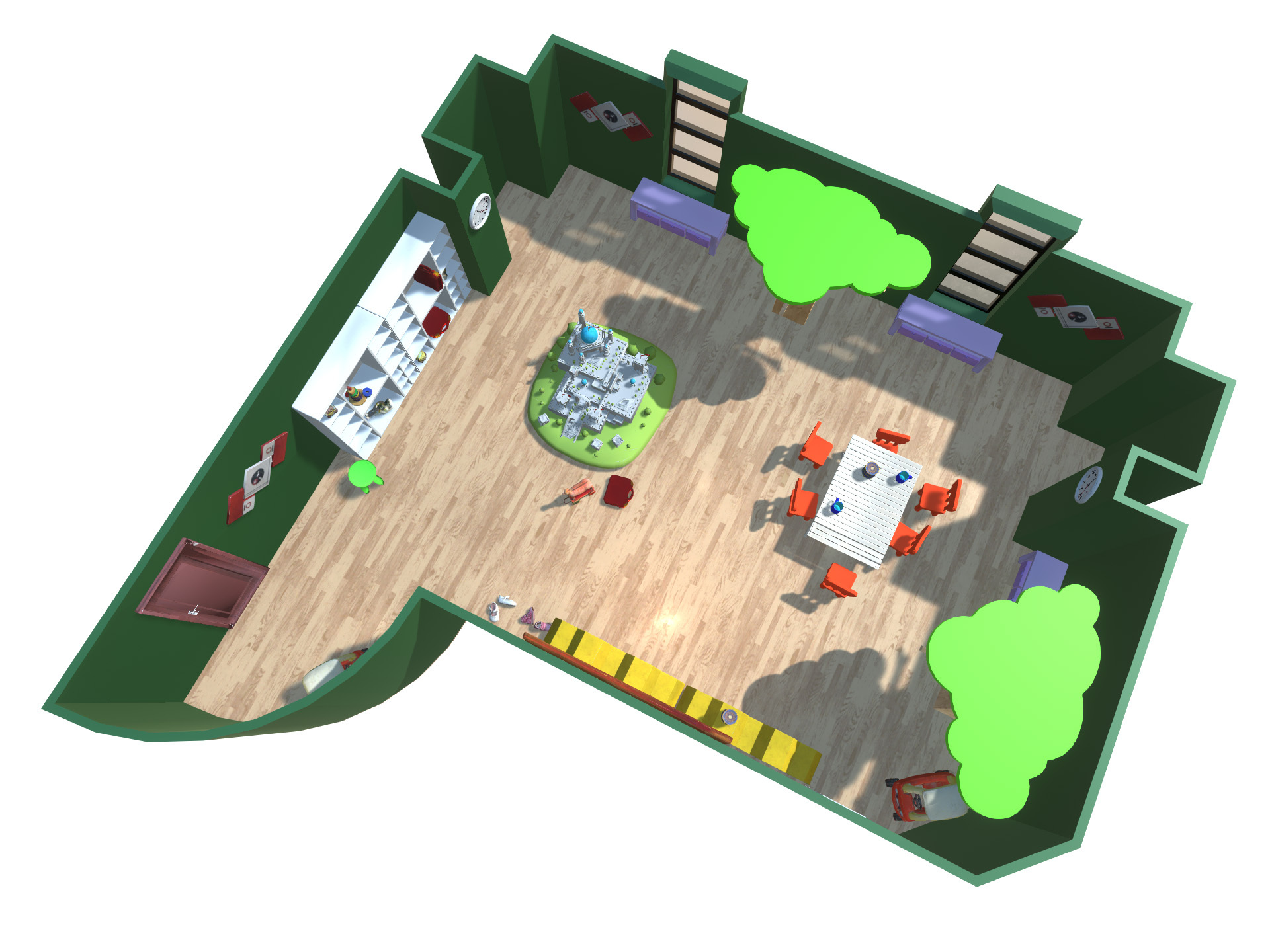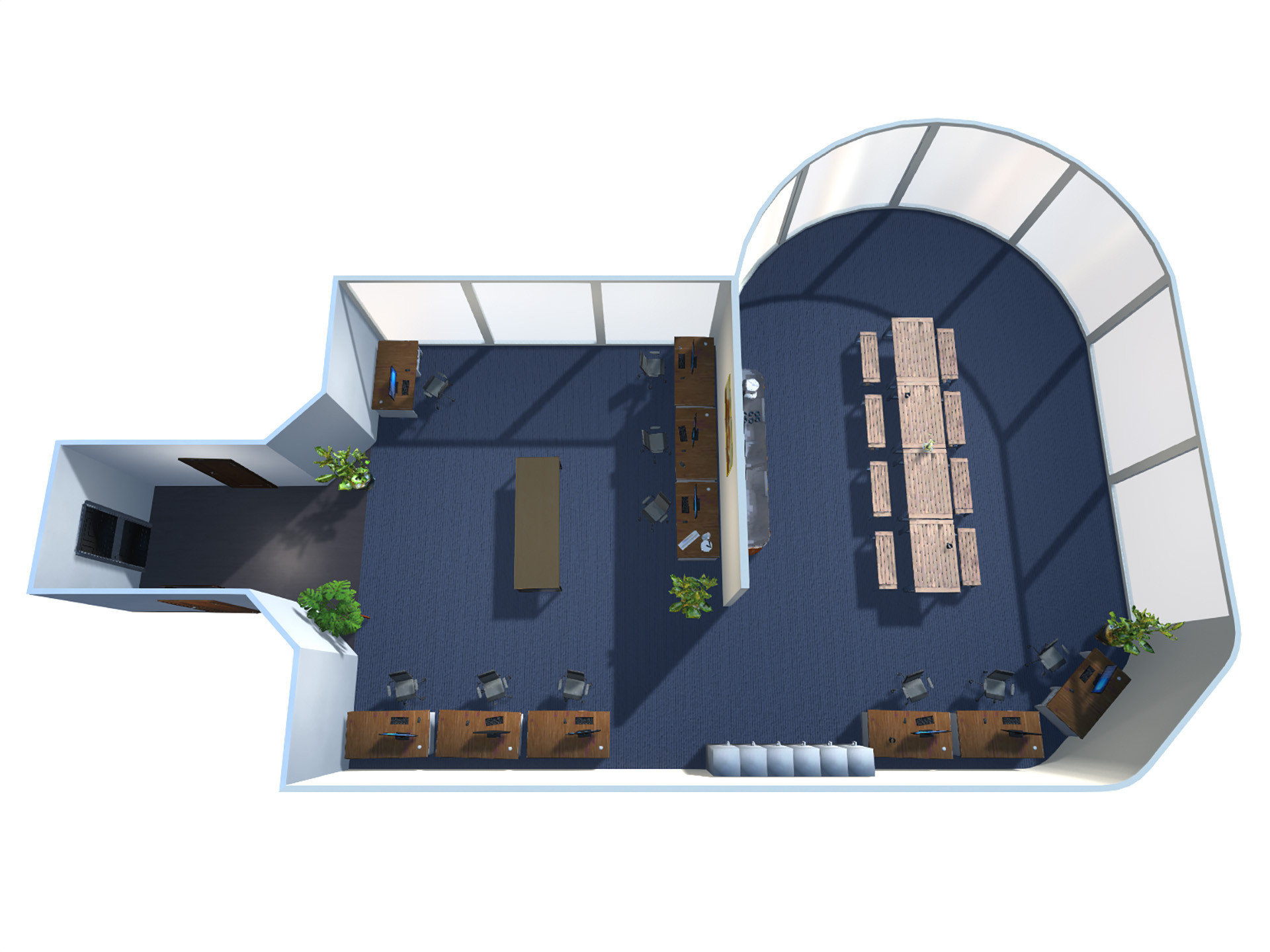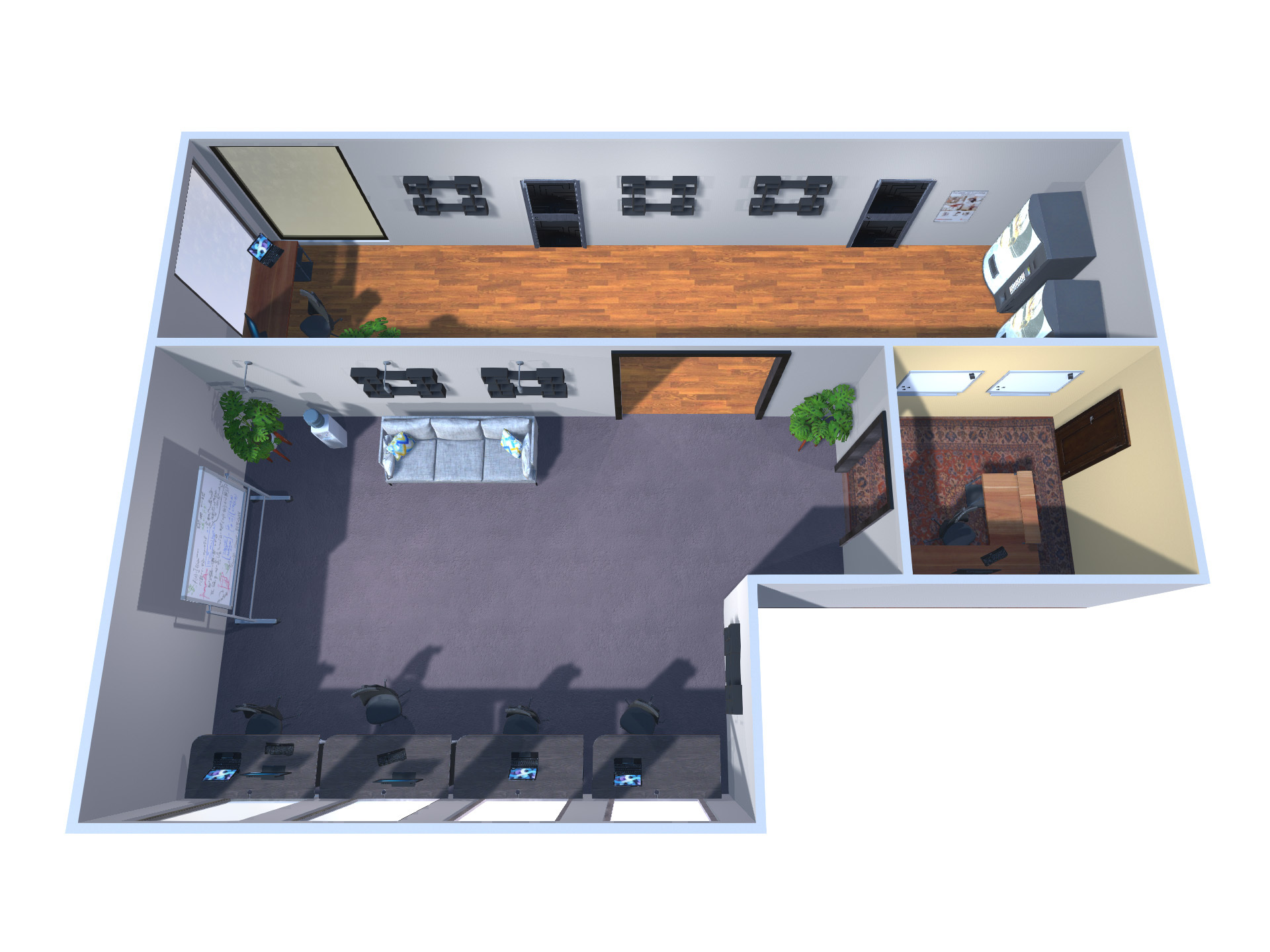Holodeck can generate diverse types of 3D environments (arcade, spa, museum), customize for styles (victorian, bohemian), and understand fine-grained requirements ("has a cat", "fan of Star Wars").
Abstract
3D simulated environments play a critical role in Embodied AI, but their creation requires expertise and extensive manual effort, restricting their diversity and scope. To mitigate this limitation, we present Holodeck, a system that generates 3D environments to match a user-supplied prompt fully automatedly. Holodeck can generate diverse scenes, e.g., arcades, spas, and museums, adjust the designs for styles, and can capture the semantics of complex queries such as "apartment for a researcher with a cat" and "office of a professor who is a fan of Star Wars". Holodeck leverages a large language model (GPT-4) for common sense knowledge about what the scene might look like and uses a large collection of 3D assets from Objaverse to populate the scene with diverse objects. To address the challenge of positioning objects correctly, we prompt GPT-4 to generate spatial relational constraints between objects and then optimize the layout to satisfy those constraints. Our large-scale human evaluation shows that annotators prefer Holodeck over manually designed procedural baselines in residential scenes and that Holodeck can produce high-quality outputs for diverse scene types. We also demonstrate an exciting application of Holodeck in Embodied AI, training agents to navigate in novel scenes like music rooms and daycares without human-constructed data, which is a significant step forward in developing general-purpose embodied agents.
Method
Given any text input, Holodeck generates 3D interactive embodied environments by utilizing a series of specialized modules through multiple rounds of conversation with an LLM (GPT-4).
Customizability
Holodeck can customize floor plans, materials, objects, etc. to match the user's input.
Human Evaluation
Our large-scale user studies involving 680 participants demonstrates that Holodeck significantly surpasses ProcTHOR in generating residential scenes and achieves high-quality outputs for various scene types.
Humans perfer Holodeck over ProcTHOR in generating residential scenes.

(*iTHOR is designed by human experts.)
Holodeck can generate satisfactory (better than hard-coded rules) outputs for diverse scene types in MIT Scenes dataset.

(The three horizontal lines represent the average score of each system on four types of residential scenes: bedroom, living room, bathroom and kitchen.)
Object Navigation in Novel Environments
Holodeck can aid embodied agents in adapting to new scene types and objects during object navigation tasks.

We introduce NoveltyTHOR, an artist-designed benchmark to evaluate embodied agents in diverse scenes.
Results. Agents fine-tuned on Holodeck showcase better zero-shot generalization on NoveltyTHOR.

(ProcTHOR + Objaverse is our strong baseline by enhancing ProcTHOR with Objaverse objects selected by Holodeck.)
BibTeX
@inproceedings{yang2024holodeck,
title={Holodeck: Language guided generation of 3d embodied ai environments},
author={Yang, Yue and Sun, Fan-Yun and Weihs, Luca and VanderBilt, Eli and Herrasti, Alvaro and Han, Winson and Wu, Jiajun and Haber, Nick and Krishna, Ranjay and Liu, Lingjie and others},
booktitle={Proceedings of the IEEE/CVF Conference on Computer Vision and Pattern Recognition},
pages={16227--16237},
year={2024}
}




